The Earth whispers its secrets through layers of rock and fossilized remains, telling a story that spans billions of years. For scientists who study our planet’s ancient history, understanding when events occurred is as crucial as what happened. Paleontologists and geologists have developed an impressive arsenal of techniques to date fossils and rocks, allowing us to construct a timeline of Earth’s history with remarkable precision. From the formation of our planet 4.5 billion years ago to the rise and fall of dinosaurs millions of years later, these dating methods enable scientists to place ancient life and geological events in their proper chronological context. This article explores the fascinating science behind how researchers unravel the mysteries of deep time, transforming scattered clues from the past into a coherent narrative of Earth’s dramatic history.
The Concept of Deep Time: A Revolutionary Idea

The concept of “deep time” – the immense age of Earth that extends far beyond human history – revolutionized our understanding of the natural world. Before the late 18th century, many Western scholars believed Earth was only thousands of years old, based primarily on biblical chronology. James Hutton, often called the father of modern geology, challenged this view in the 1780s when he proposed that Earth’s features formed through slow, gradual processes over immeasurable time. His famous declaration that Earth’s history showed “no vestige of a beginning, no prospect of an end” laid the groundwork for modern geological thinking. Charles Lyell later expanded these ideas in his influential “Principles of Geology,” establishing uniformitarianism – the principle that present-day processes operated similarly throughout Earth’s history. This intellectual shift was essential for Darwin’s theory of evolution and remains fundamental to how we conceptualize Earth’s ancient past.
Relative Dating: Reading Earth’s Layers

Before scientists could determine exact ages in years, they developed methods to establish the relative order of events in Earth’s history. Stratigraphy, the study of rock layers (strata), became the foundation of relative dating. The principle of superposition, first articulated by Nicolas Steno in the 17th century, states that in undisturbed rock sequences, older layers lie beneath younger ones – providing a straightforward way to determine the relative ages of rocks and fossils. Paleontologists also use the principle of faunal succession, recognizing that fossil organisms succeed one another in a definite order, allowing rocks containing similar fossils to be correlated across different locations. Other relative dating principles include original horizontality (sedimentary layers form horizontally), lateral continuity (layers extend sideways until they thin or meet a barrier), and cross-cutting relationships (a feature cutting through rock must be younger than the rock itself). These principles allowed scientists to establish a relative timeline long before absolute dating methods were available.
Index Fossils: Biological Timekeepers

Some fossil species serve as particularly useful markers for specific time periods, earning them the designation of “index fossils.” The ideal index fossil represents an organism that existed for a relatively short geological time span but was geographically widespread and abundantly preserved. Ammonites, with their distinctive spiral shells, exemplify excellent index fossils for Mesozoic marine rocks, as different species evolved rapidly, allowing geologists to identify specific time periods based on the particular ammonite species present. Trilobites serve a similar function for Paleozoic rocks, while certain microfossils like foraminifera help date younger sediments. When paleontologists discover an index fossil within a rock layer, they can assign that layer to a specific time period, even without absolute dates. This biostratigraphic approach creates a framework of relative ages that spans the globe, allowing scientists to correlate rock formations across continents and construct a composite picture of Earth’s history using these biological timekeepers.
Radiometric Dating: The Atomic Clock of Geology
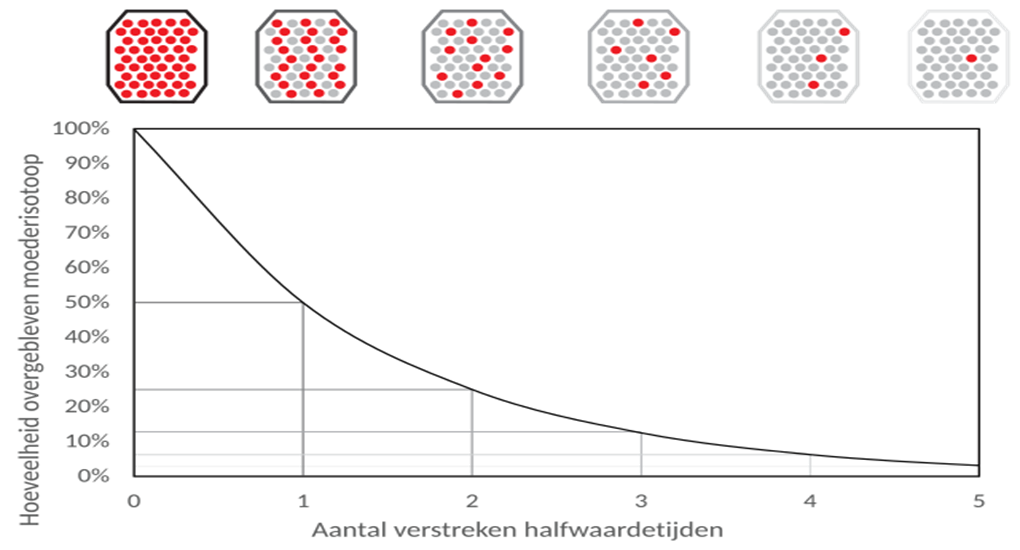
Radiometric dating revolutionized paleontology by providing absolute ages in years rather than just relative sequences. This technique relies on the predictable decay of radioactive isotopes within rocks and fossils. Each radioactive element decays at a constant rate, expressed as its “half-life” – the time required for half of the parent isotope to transform into its daughter product. By measuring the ratio of parent to daughter isotopes in a sample, scientists can calculate when the radioactive clock started – typically when a rock formed or an organism died. Different isotope pairs prove useful for different time ranges: carbon-14 works for materials younger than about 50,000 years; potassium-argon and argon-argon dating can date volcanic rocks millions or billions of years old; uranium-lead methods accurately date ancient zircon crystals from Earth’s earliest history. The precision of radiometric dating transformed geology from a science of relative sequences to one that could place specific dates on events, allowing paleontologists to determine not just that dinosaurs preceded mammals in dominance, but precisely when this transition occurred.
Radiocarbon Dating: Revealing Recent History

For studying more recent paleontological finds, radiocarbon (carbon-14) dating stands as one of the most important techniques developed in the 20th century. This method, pioneered by Willard Libby in the late 1940s, relies on the radioactive decay of carbon-14, an isotope continuously produced in the atmosphere by cosmic ray interactions. Living organisms incorporate carbon-14 along with regular carbon-12 during their lifetimes, maintaining a constant ratio matching atmospheric levels. When an organism dies, carbon-14 uptake ceases, and the isotope begins decaying with a half-life of approximately 5,730 years. By measuring the remaining carbon-14 in organic remains like bones, shells, or plant matter, scientists can determine when the organism died. Radiocarbon dating has transformed archaeology and paleontology of the recent past, precisely dating everything from early human artifacts to extinct Ice Age mammals. The method works best for specimens younger than 50,000 years, making it invaluable for studying recent extinctions, human evolution, and climate changes during the last glacial period.
Potassium-Argon and Argon-Argon Dating: Reaching Further Back

For dating fossils and rocks millions to billions of years old, scientists rely heavily on potassium-argon (K-Ar) and its refined variant, argon-argon (Ar-Ar) dating. These methods utilize the decay of potassium-40 to argon-40, which has a half-life of 1.25 billion years – making it ideal for dating ancient geological materials. The techniques prove especially valuable for volcanic rocks, as molten lava releases any previously accumulated argon gas, resetting the radiometric clock when the rock solidifies. This characteristic allows scientists to date volcanic ash layers that often sandwich fossil-bearing sedimentary rocks. The more advanced argon-argon method involves irradiating samples to convert potassium-39 to argon-39, then measuring both argon isotopes simultaneously, providing more precise results and built-in verification. These techniques have been crucial for dating major evolutionary transitions in the fossil record, including the emergence of early hominids in East Africa, where volcanic deposits frequently alternate with fossil-bearing sediments, allowing researchers to bracket the ages of important human ancestor fossils with remarkable precision.
Uranium-Lead Dating: Accessing Earth’s Earliest History
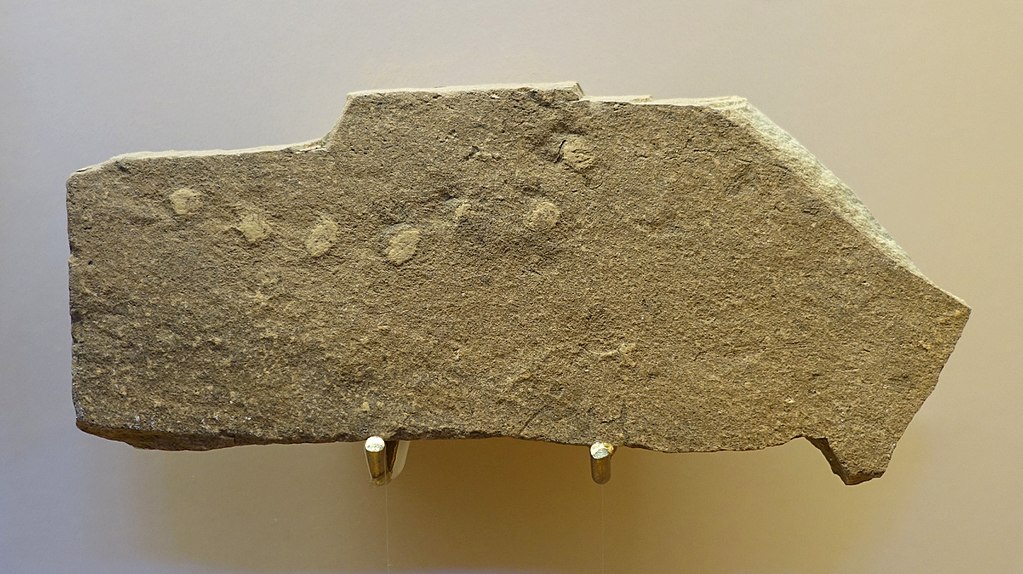
To probe the most ancient periods of Earth’s history, scientists turn to uranium-lead dating, a method capable of accurately dating rocks billions of years old. This technique exploits the decay of uranium isotopes (uranium-238 and uranium-235) to different isotopes of lead, with extremely long half-lives of 4.5 billion and 704 million years respectively. The mineral zircon (zirconium silicate) has proven particularly valuable for this dating method because it readily incorporates uranium but strongly rejects lead when it crystallizes, providing a clean starting point for the radioactive clock. Additionally, zircon crystals demonstrate remarkable durability, surviving geological processes that would destroy other materials. The dual decay systems of uranium to lead provide a powerful internal cross-check, as both should yield the same age in undisturbed samples. Using this method, scientists have dated Earth’s oldest known rocks in the Canadian Shield to approximately 4 billion years old, and ancient zircon crystals from Western Australia have revealed ages approaching 4.4 billion years – offering glimpses into our planet’s earliest crustal formation shortly after Earth’s birth.
Magnetostratigraphy: Earth’s Magnetic Memory
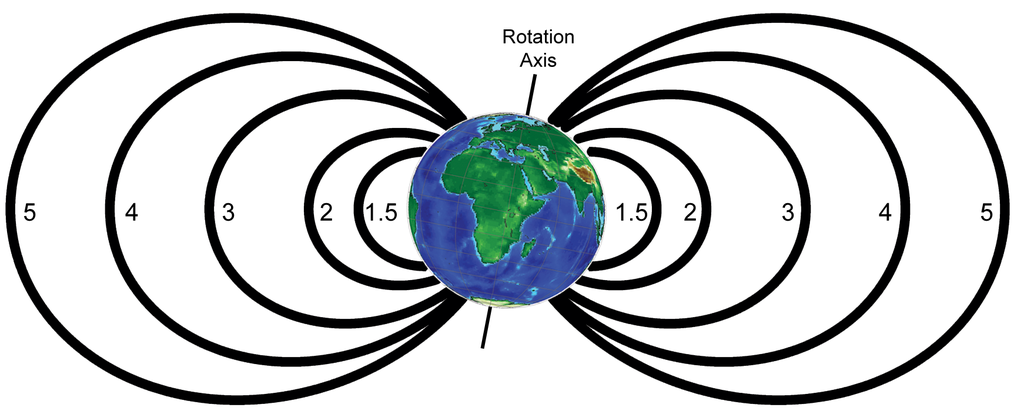
The Earth’s magnetic field has reversed its polarity numerous times throughout geological history, with the magnetic north becoming south and vice versa. Magnetostratigraphy utilizes these polarity reversals, which are recorded in rocks as they form, to establish age correlations across the globe. When certain minerals like magnetite crystallize or sediments settle, they align with Earth’s existing magnetic field, preserving this orientation even after the field later reverses. Scientists can measure this “fossil magnetism” or paleomagnetism in rock sequences and create a pattern of normal and reversed polarity intervals. By matching these patterns to the established global magnetic polarity timescale (which has been dated using radiometric methods), researchers can assign ages to rock formations that might otherwise be difficult to date directly. This technique proves particularly valuable for continental sediments where radiometric dating materials may be scarce. Magnetostratigraphy has been crucial for dating important hominin fossil sites in East Africa and for establishing the timing of climate changes recorded in deep-sea sediment cores.
Dendrochronology: Reading Tree Rings

For more recent paleontological and archaeological investigations, tree-ring dating or dendrochronology offers extraordinary precision measured in individual years rather than thousands or millions. Trees in seasonal climates produce distinctive annual growth rings – wider rings during favorable growing conditions and narrower rings during challenging periods. Scientists can create master chronologies by overlapping patterns from living trees with progressively older samples, including timber from ancient structures and subfossil wood preserved in bogs or lake sediments. The oldest continuous tree-ring chronologies now extend back more than 12,000 years, providing an unbroken calendar for dating. Beyond simple counting, the varying widths of tree rings preserve detailed climate records, allowing scientists to reconstruct ancient environmental conditions. Dendrochronology also serves as a calibration tool for radiocarbon dating, correcting for historic variations in atmospheric carbon-14 levels. Though limited to regions with well-preserved wood and covering only the most recent fraction of geological time, dendrochronology provides the most precise absolute dating available to paleontologists studying relatively recent extinctions and environmental changes.
Luminescence Dating: Light from the Past
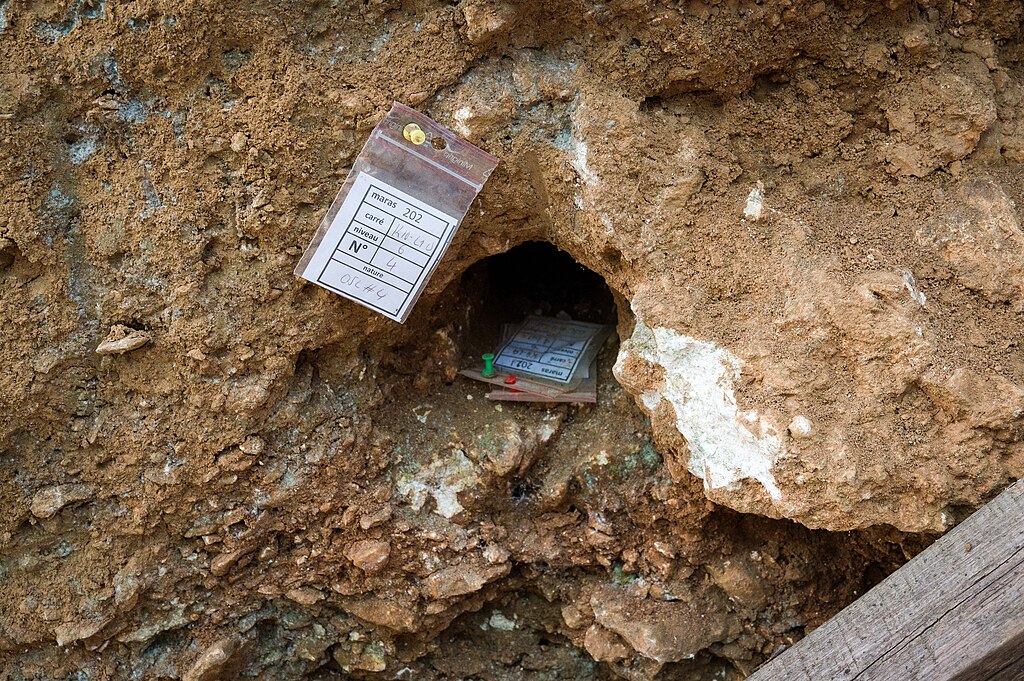
Luminescence dating techniques measure the time elapsed since mineral grains were last exposed to heat or sunlight, providing another valuable tool in the paleontological dating toolkit. These methods rely on the accumulation of electrons in crystal defects over time due to natural background radiation in the environment. When these minerals are heated (thermoluminescence or TL) or exposed to specific wavelengths of light (optically stimulated luminescence or OSL), the trapped electrons are released, producing measurable light signals proportional to the time since burial. Quartz and feldspar minerals in sediments work particularly well for this technique, allowing scientists to date when sand dunes formed, when pottery was fired, or when sediments containing fossils were last exposed to sunlight before burial. Luminescence dating typically works for materials ranging from a few decades to several hundred thousand years old, filling an important gap between radiocarbon dating and other radiometric methods. The technique has proven especially valuable for dating archaeological sites containing early human fossils in caves and for establishing chronologies at Paleolithic sites where organic material for radiocarbon dating has not survived.
Electron Spin Resonance Dating: Analyzing Tooth Enamel
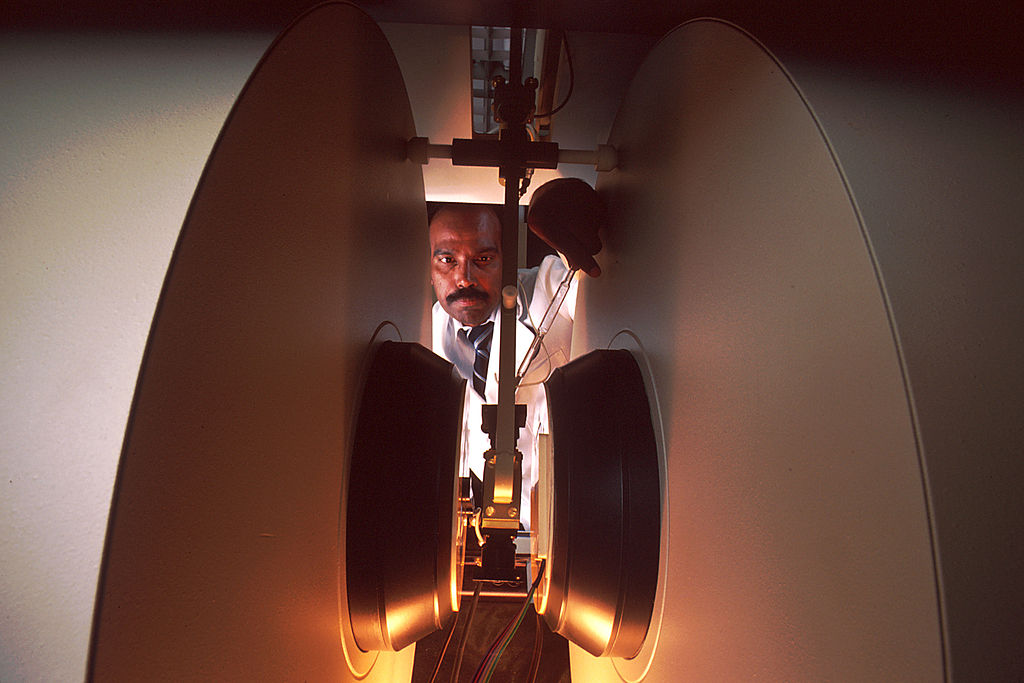
Electron Spin Resonance (ESR) dating offers paleontologists a powerful method for determining the age of fossil teeth, making it particularly valuable for studying human evolution and extinct mammals. This technique measures accumulated radiation damage in crystalline materials, specifically the hydroxyapatite crystals in tooth enamel, which act as natural dosimeters recording the total radiation exposure since the organism died. When teeth are buried, they absorb radiation from their surroundings and from trace radioactive elements within the tooth itself, causing electrons to become trapped in the crystal structure. By measuring these trapped electrons using ESR spectroscopy and calculating the environmental radiation dose rate, scientists can determine when the tooth was buried. ESR dating typically works for specimens between 10,000 and 2 million years old – a crucial range covering much of human evolution and recent megafauna extinctions. The method proves especially valuable at sites where volcanic materials for radiometric dating are absent, providing direct dates on the fossil remains themselves rather than associated materials.
Molecular Clocks: Biological Timekeepers
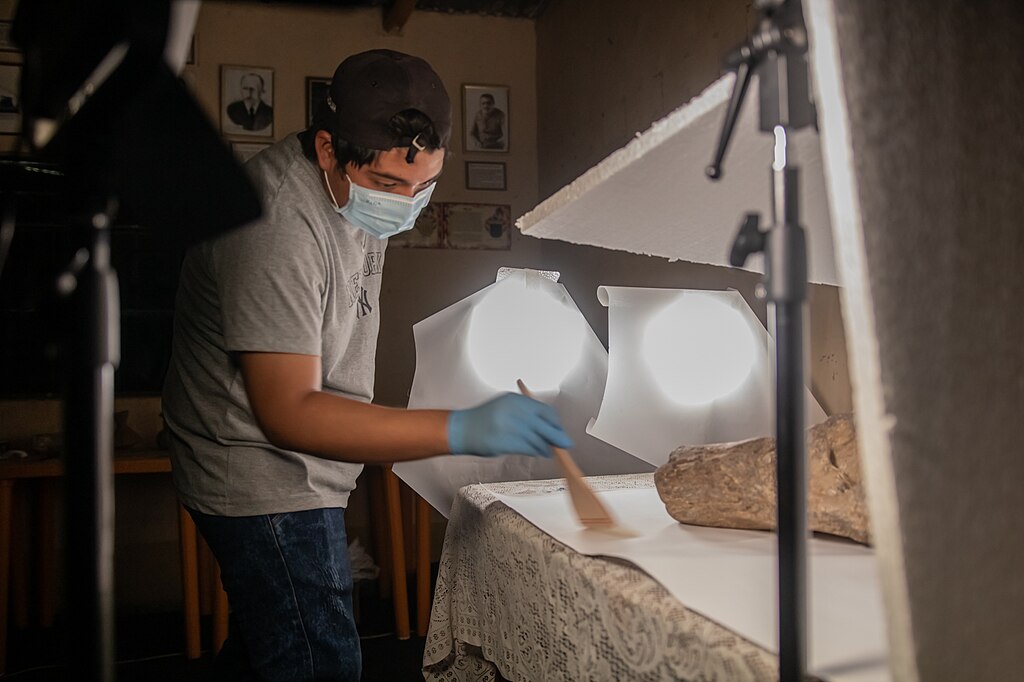
While traditional paleontological dating methods rely on geological or physical principles, molecular clock techniques approach deep time from a biological perspective, using genetic differences between species to estimate when they diverged from common ancestors. This approach builds on the observation that genetic mutations accumulate at roughly constant rates over time in certain parts of the genome. By comparing DNA or protein sequences between different species and calibrating these differences against fossil-dated divergence events, scientists can estimate the timing of evolutionary splits that left no fossil record. For example, while the fossil record provides limited evidence for when humans and chimpanzees diverged, molecular clock analyses suggest this split occurred between 5-7 million years ago. Molecular clocks have proven especially valuable for groups with poor fossil representation, like many invertebrates and microorganisms. The technique has revolutionized our understanding of evolutionary timescales, though researchers recognize that mutation rates can vary between lineages and over time, requiring sophisticated statistical models and careful calibration against multiple fossil-dated events to provide reliable estimates.
Combining Methods: The Multi-disciplinary Approach

Modern paleontological dating rarely relies on a single technique but instead employs multiple, complementary methods to establish robust chronologies. This integrated approach provides independent cross-checks and compensates for the limitations of individual methods. For instance, a paleontologist studying early human fossils might use argon-argon dating on volcanic ash layers above and below the fossils to establish maximum and minimum ages, while applying ESR or uranium-series dating directly to the fossil teeth themselves. Magnetostratigraphy might provide additional chronological constraints, while biostratigraphy using index fossils of mammals or microfossils helps correlate the site with others in the region. For more recent finds, researchers might combine radiocarbon dating with dendrochronology for calibration and use luminescence methods to date the surrounding sediments. This multi-disciplinary approach significantly increases confidence in age determinations and has resolved many historical controversies in paleontology. The integration of multiple dating techniques, combined with advanced statistical methods like Bayesian analysis, allows scientists to narrow age ranges and construct increasingly precise timelines of Earth’s history.
Challenges and Frontiers in Deep Time Dating

Despite remarkable advances in dating technologies, significant challenges remain in deciphering Earth’s chronology. Contamination presents a persistent problem, particularly for radiometric methods where even small amounts of external material can skew results. Dating very ancient rocks encounters difficulties as geological processes may disturb isotopic systems, while the scarcity of datable materials in many sedimentary environments limits application of certain techniques. Time periods also present specific challenges – the “radiocarbon barrier” around 50,000 years leaves a problematic gap between radiocarbon’s maximum range and the minimum ages reliable for many other methods. Scientists continue developing innovative approaches to address these issues, including novel applications of existing methods and entirely new techniques. Recent advances include improved pretreatment methods for radiocarbon dating that extend its range, refined statistical models for molecular clocks, and new applications of techniques like optically stimulated luminescence to previously unsuitable materials. Cutting-edge research in cosmogenic nuclide dating, which measures isotopes produced when cosmic rays strike Earth’s surface, offers promising new ways to determine exposure ages of rock surfaces and erosion rates over time.
Conclusion

The science of dating the distant past represents one of humanity’s most impressive intellectual achievements, allowing us to place events on a timeline spanning billions of years with remarkable precision. From the relative dating methods that established the first coherent geological frameworks to the sophisticated radiometric techniques that provide absolute ages, our ability to measure deep time continues to evolve. Each dating method offers unique advantages and limitations, but when deployed together in complementary fashion, they weave a chronological tapestry of Earth’s history that grows more detailed with each technological advance. This timeline provides the essential framework that allows paleontologists to understand not just what happened in Earth’s past, but when and at what rate change occurred – critical information for interpreting evolutionary processes, extinction events, and climate changes throughout our planet’s remarkable history. As dating technologies continue to improve, our window into deep time becomes ever clearer, revealing the epic story of life on Earth with unprecedented temporal



